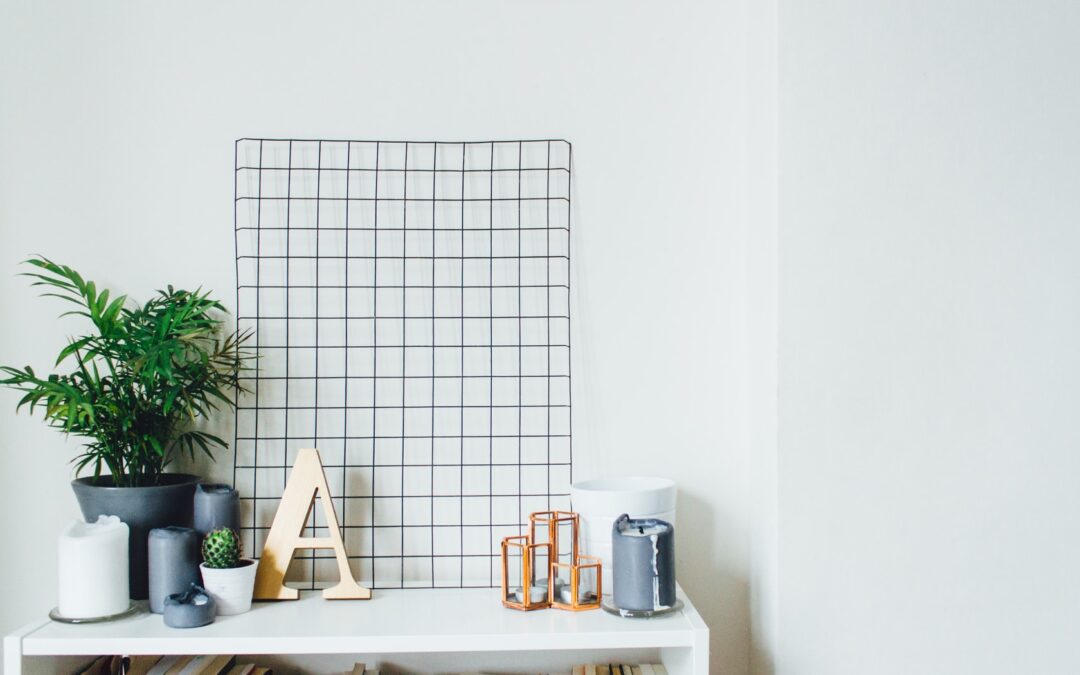What is Minimalism?
The term minimalism grew out of the New York-based Minimal Art movement of the 1960s. Since then, the term “minimalism,” has been deployed to refer to any object or interior featuring a distinct reduction of form. It involves using the bare necessities to create a simple and uncluttered space. It’s characterized by simplicity, clean lines, and a monochromatic palette with color employed as an accent. Selecting tried-and-true designs that favor raw function over plush forms is still the key component of minimalist interiors to this day.
Minimalist German Designer, Dieter Rams put it best, “Good design is as little design as possible,” he wrote in his Ten Principles for Good Design.
Today in interior design, minimalism means spacious rooms with a minimum of furniture and elements. The main design element is attention to shape, color, and texture.
What are the Design Characteristics?
- Simplicity In Form and Function: Simple designs without any complications, extra materials and accessories and complexity is the key to minimalist design.
- Invest in Quality: Invest in quality instead of quantity.
- Monochrome: Avoid the bright and bold colors and stick to the neutral color palettes like whites, beiges, and grays.
- Uncomplicated Covering and Wall Finishes: The use of simple, uncomplicated and casual coverings and wall finishes that provide clarity, visual appeal, and attraction.
- Use Light as Décor: Light is one of the main elements of minimalism. The most natural light is always best with minimalist designs as it helps to provide warmth and coziness in the room. Light also helps make the room look bigger and more spacious.
- Clean, Open, Light-Filled Spaces: Employ a neutral color palette, light color tones for walls, clean modern detailing, and limited accessories to achieve uncluttered spaces.
Minimalism is returning to popularity today because of its simplicity. It features an absence of clutter, so there is lots of empty space making the rooms easy to clean and the neutral color scheme creates a profound sense of space. It provides a relaxing environment.
Five Minimalism TV Solutions?
- The Inca Flip Down Ceiling Unit-is specifically designed to store Flat Screen TVs in the ceiling and lower them for viewing. This incredibly silent motorized mechanism is made of aluminum and steel, and
powder coated black for a long life. - The Ikea LACK TV Stand-this streamlined TV stand comes in black and white finishes, and the table has a simple bench-like design with a single open shelf. The unit is 35 inches wide and can support TVs up to 66 pounds.
- The Inca Wall Mounted Corner Post Swivel-suspends a full-sized flat-screen TV, from one edge in the corner of a room and allows it to swivel horizontally to the ideal viewing position.
- The Inca Panel Lift-is designed to raise pictures, panels, art displays, or any flat objects as a partition that conceal a TV. They are available in 3 models: 6″ x 6″, 4″ x 4″, or 3″ x 3″ in cross-section.
- Combine a flat-screen wall-mounted TV with a Martin Furniture Shallow Floating TV Console is a space-
saving option. It mounts to the wall to house your gaming and media system, creating a contemporary floating design and can support up to 120 pounds when properly mounted into wall studs.
To learn more about the most effective and attractive way to incorporate wall units, cabinetry, and lifts for TV and Computer Monitors that compliment minimalist design furniture, click here:
https://inca-tvlifts.com/wall-mounted-systems/.



Recent Comments